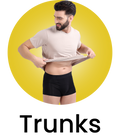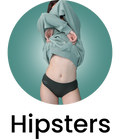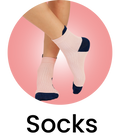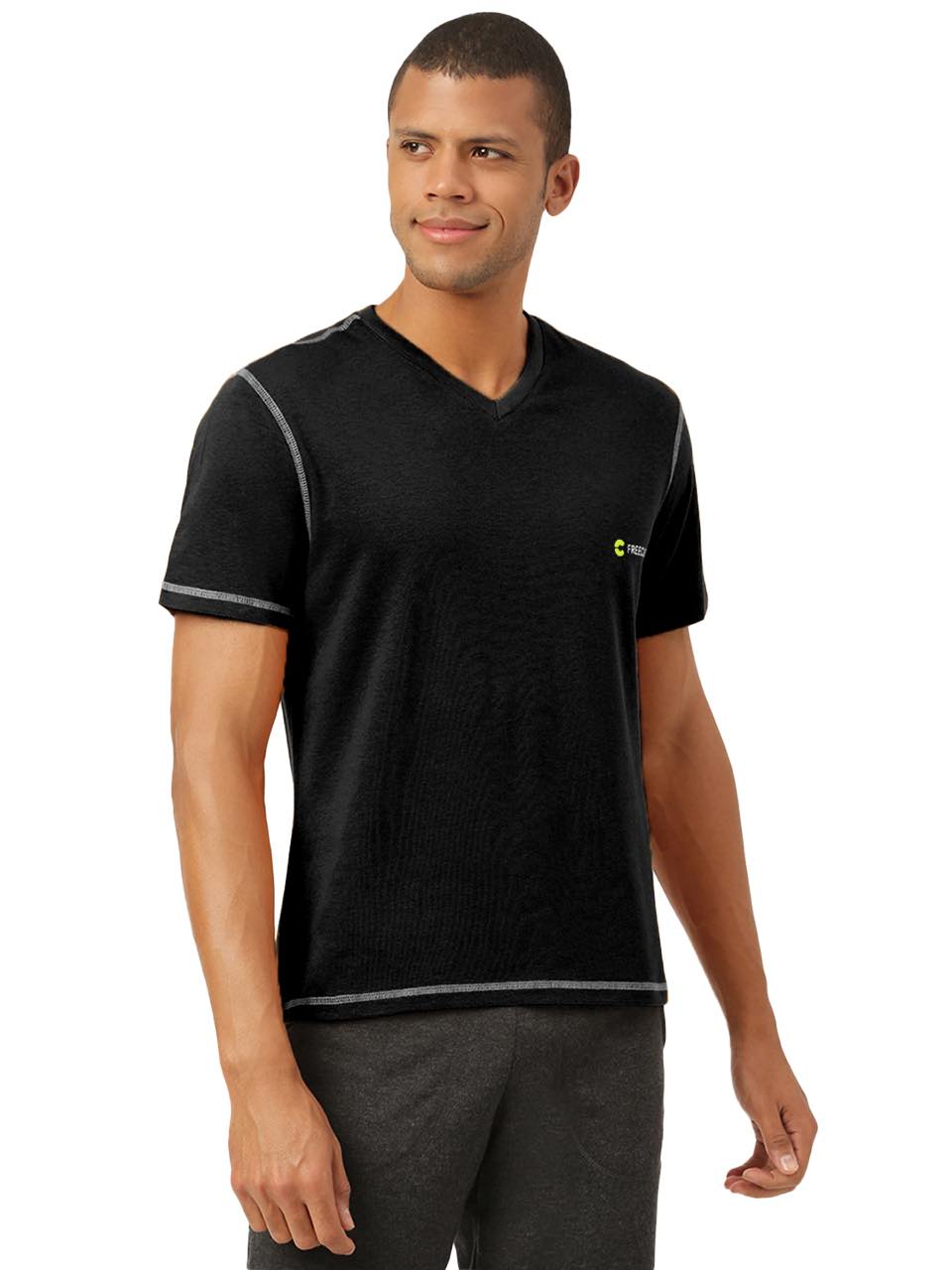Forget those clingy, uncomfortable tank tops of summers past. We're diving into the world of performance-driven apparel with a focus on the modern woman's needs. Think beyond basic cotton: today’s activewear demands moisture-wicking technology and a fit that flatters without restricting movement. The latest iterations incorporate fabrics like recycled polyester blends, addressing both performance and sustainability. But it's not just about function; we'll explore how design innovations, inspired by athleisure trends and body-positive movements, are shaping tank tops that empower confidence and support peak performance, whether you're hitting a HIIT class or enjoying a weekend hike. Get ready to discover the perfect blend of technology and style.

The Science of Moisture-Wicking Fabrics
Moisture-wicking fabrics are engineered to draw sweat away from the skin and transport it to the outer layer of the garment where it can evaporate. This process keeps you feeling cooler, drier. More comfortable, especially during workouts or in warm weather. The effectiveness of these fabrics hinges on their fiber composition and construction. Key to Fashion & Comfort, the design of these fabrics can greatly impact a user's experience.
Here's a breakdown of the science:
- Capillary Action: Moisture-wicking fabrics leverage capillary action. This is the ability of a liquid to flow in narrow spaces without the assistance of. In opposition to, external forces like gravity. In fabrics, this happens because of the spaces between the fibers.
- Hydrophobic vs. Hydrophilic Fibers: Many moisture-wicking fabrics are made from synthetic materials like polyester, nylon, or polypropylene. These are naturally hydrophobic, meaning they repel water. But, the structure of the fabric is designed to create a larger surface area that allows moisture to spread and evaporate quickly. Some blends incorporate hydrophilic fibers (like cotton or bamboo) to initially absorb moisture before transferring it to the hydrophobic layer for evaporation.
- Fabric Construction: The weave or knit of the fabric also plays a crucial role. Open weaves and knits allow for better airflow and faster evaporation. Microfiber fabrics, with their incredibly fine fibers, create even more surface area for wicking.
Technical Definitions:
- Hydrophobic: Repelling water; tending to be insoluble in water.
- Hydrophilic: Attracting water; tending to dissolve in or be wetted by water.
- Capillary Action: The ability of a liquid to flow in narrow spaces without the assistance of. In opposition to, external forces like gravity.
Choosing the Right Moisture-Wicking Material
Several types of fabrics offer moisture-wicking properties. Here's a comparison to help you choose the best option for your needs:
| Fabric Type | Pros | Cons | Best For |
|---|---|---|---|
| Polyester | Durable, affordable, excellent wicking, wrinkle-resistant | Can retain odors if not treated, not as breathable as some natural fibers | High-intensity workouts, travel, everyday wear |
| Nylon | Strong, stretchy, good wicking, smooth feel | More expensive than polyester, can trap heat | Yoga, running, activities requiring flexibility |
| Polypropylene | Lightweight, excellent wicking, stain-resistant | Less comfortable against the skin than other synthetics, can pill | Base layers, extreme weather activities |
| Merino Wool | Natural wicking, odor-resistant, temperature regulating, soft | More expensive, requires special care | Hiking, outdoor activities, sensitive skin |
| Bamboo | Soft, sustainable, good wicking, breathable | Can wrinkle easily, less durable than synthetics | Low-impact activities, everyday wear |
Real-World Application: I remember training for a marathon in the peak of summer. Wearing a cotton t-shirt was a disaster – it quickly became soaked with sweat and heavy, leading to chafing and discomfort. Switching to a polyester tank top made a world of difference. The moisture-wicking properties kept me feeling dry and comfortable, allowing me to focus on my training.
Flattering Fit: Considerations for Different Body Types
A well-fitting tank top can be incredibly flattering, accentuating your best features and providing confidence. Here are some considerations based on different body types:
- Pear Shape (Wider Hips): Look for tank tops that draw attention upward. Styles with wider straps, interesting necklines (like a scoop neck or V-neck), or embellishments around the bust can balance your silhouette. Avoid tank tops that are too tight around the hips. A slightly A-line shape can be very flattering.
- Apple Shape (Wider Torso): Opt for tank tops with ruching or draping around the midsection. These details can create a more defined waistline. Empire waists or tank tops that flare slightly at the bottom can also be flattering. Avoid clingy fabrics.
- Hourglass Shape (Balanced Hips and Bust): You have a lot of options! Fitted tank tops that accentuate your waist are a great choice. Wrap-style tank tops can also highlight your curves. Experiment with different necklines.
- Rectangle Shape (Straight Silhouette): Create the illusion of curves with tank tops that have built-in shaping or contouring. Styles with ruching, ruffles, or a cinched waist can add dimension. Asymmetrical hemlines can also be flattering.
- Inverted Triangle Shape (Wider Shoulders): Look for tank tops with narrower straps and a deeper neckline (like a V-neck or U-neck) to minimize the appearance of broad shoulders. A-line styles can balance your upper body with your lower body.
Expert Tip: Pay attention to the armhole size. Too big. It can expose your bra. Too small. It can be uncomfortable and create unflattering bulges. The ideal armhole should fit comfortably without digging in or gaping.
Design Features That Enhance Performance and Style
Beyond the fabric and fit, several design features can enhance both the performance and style of a moisture-wicking tank top:
- Built-in Bra: Offers support and eliminates the need for a separate bra, streamlining your workout wardrobe. Look for adjustable straps and removable pads for a customized fit.
- Racerback Design: Provides greater freedom of movement for your arms and shoulders, ideal for activities like running, yoga, or weightlifting.
- Adjustable Straps: Allows you to customize the fit and support.
- Reflective Details: Enhances visibility in low-light conditions, making it safer to exercise outdoors.
- Mesh Panels: Improves ventilation and breathability, keeping you cooler and drier.
- Flatlock Seams: Reduces chafing and irritation, especially during high-intensity activities.
Case Study: A local fitness studio implemented a uniform policy requiring instructors to wear moisture-wicking tank tops. They found that instructors reported feeling more comfortable and confident during classes, leading to improved performance and a more positive experience for students. The uniform also created a more professional and cohesive look for the studio.
Care and Maintenance for Longevity
Proper care and maintenance are essential to prolong the life of your moisture-wicking tank tops:
- Read the Label: Always follow the manufacturer's instructions for washing and drying.
- Wash Inside Out: This helps to protect the fabric and prevent fading.
- Use a Mild Detergent: Avoid harsh detergents, bleach. Fabric softeners, as they can damage the fibers and reduce the fabric's wicking ability.
- Wash in Cold Water: Hot water can shrink or damage synthetic fabrics.
- Air Dry or Tumble Dry on Low: High heat can damage the fibers and cause shrinkage. Air drying is the best option.
- Avoid Ironing: Most moisture-wicking fabrics are wrinkle-resistant. If you must iron, use a low setting and iron inside out.
- Store Properly: Store your tank tops in a cool, dry place. Avoid hanging them in direct sunlight, as this can cause fading.
Personal Anecdote: I once ruined a favorite moisture-wicking tank top by accidentally throwing it in the dryer on high heat. The fabric shrunk and lost its shape. Now, I always take the time to read the care label and follow the instructions carefully.
Conclusion
So, you're ready to conquer your day in comfort and style! Remember, the key to unlocking the full potential of your moisture-wicking tank top is versatility. Don't just relegate it to the gym. Think beyond athleisure; consider layering it under a blazer for a surprisingly chic, modern twist on power dressing – a trend I'm personally loving right now, especially with the rising popularity of "quiet luxury." My personal tip? Experiment with different necklines underneath. A delicate lace bralette peeking out adds a touch of femininity, while a contrasting sports bra signals sporty confidence. Ultimately, finding the perfect tank is about embracing both function and fashion. Now go out there, feel great. Own your style! Feeling confident and stylish can also be enhanced with the right accessories, explore Freecultr for options.More Articles
Women's Boy Shorts – Seamless Design & Gentle SupportInnerwear – Comfortable Fabrics & Everyday Essentials
Bandana – Versatile Style & Sun Protection
Tees – Sustainable Fabrics & Timeless Style
FAQs
So, what exactly does 'moisture-wicking' actually do for me?
Good question! Moisture-wicking fabric is designed to pull sweat away from your skin and move it to the outer layer of the fabric, where it can evaporate more easily. This helps keep you feeling cooler, drier. More comfortable, especially during workouts or in hot weather. Think of it as your tank top working with you, not against you.
How's the fit? Is it really flattering, or is that just marketing talk?
I get it – everyone promises a flattering fit! The key here is usually in the design. Things like a slightly tailored cut through the waist, a wider shoulder strap to hide bra straps. A neckline that isn't too high or too low can all contribute to a more flattering look. Read reviews and check the size chart carefully to get the best fit for your body type.
Will this tank top shrink in the wash?
That's always a risk with clothes! To minimize shrinkage, definitely follow the care instructions on the label. Usually, washing in cold water and tumble drying on low (or even better, air drying!) will help prevent shrinkage. Some fabrics are also pre-shrunk, so keep an eye out for that in the description.
What kind of activities is this tank top good for?
Since it's moisture-wicking and (hopefully) flattering, it's pretty versatile! It's great for workouts like yoga, running, or hitting the gym. But it's also comfortable enough to wear for everyday activities like running errands, hanging out at home, or even layering under a jacket or cardigan for a casual look.
Are the straps adjustable? That's a big deal for me.
Adjustable straps can be a game-changer! Some tank tops have them. Some don't. Check the product description carefully or look closely at the pictures to see if the straps have little sliders. If not, you might want to look for another style if adjustable straps are a must-have.
What material is it made from? Is it see-through?
The material is super essential! Most moisture-wicking tank tops are made from synthetic fabrics like polyester, nylon, or a blend of both. These fabrics are lightweight, breathable. Dry quickly. As for see-through-ness, that depends on the fabric's thickness and color. Lighter colors are often more prone to being see-through, so you might want to wear a nude bra underneath. Reading reviews can also give you a heads-up about this issue.
How do I figure out what size to order? I'm always between sizes!
Ugh, sizing can be a pain! Your best bet is to check the brand's size chart. Measure your bust and waist (and sometimes hips) and compare your measurements to the chart. If you're truly between sizes, I usually recommend sizing up. It's easier to have a slightly looser fit than something that's too tight and uncomfortable.






